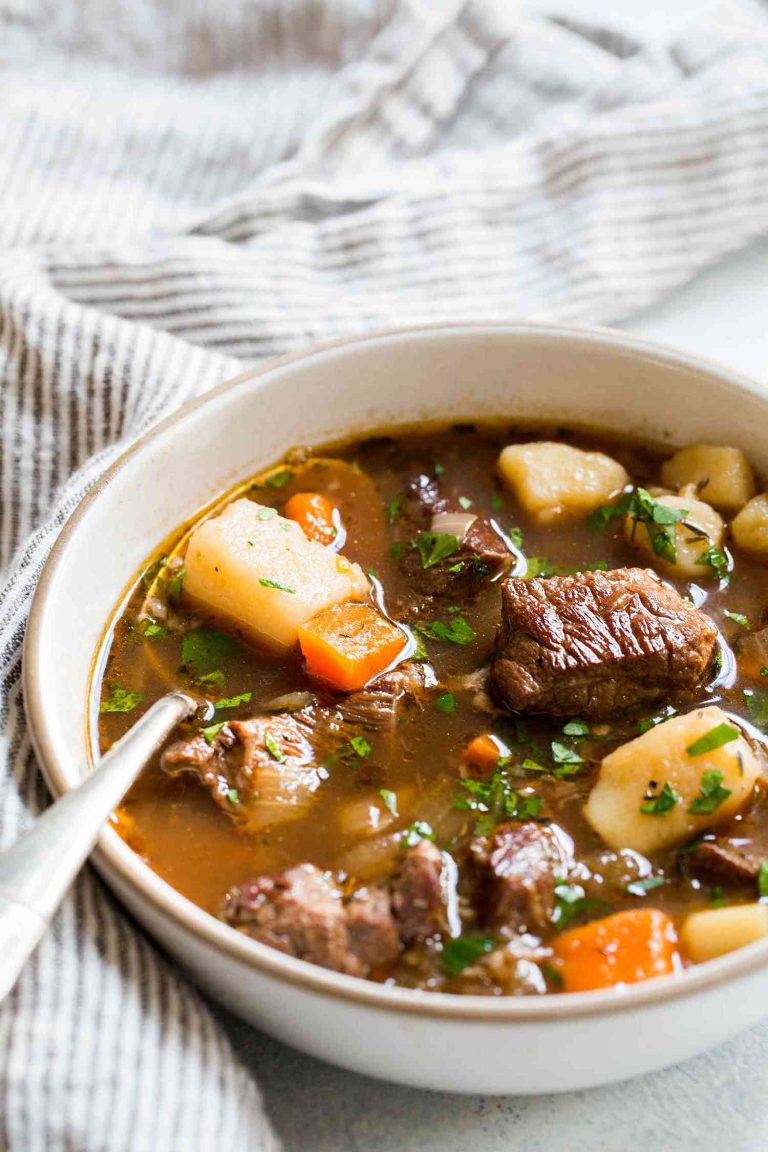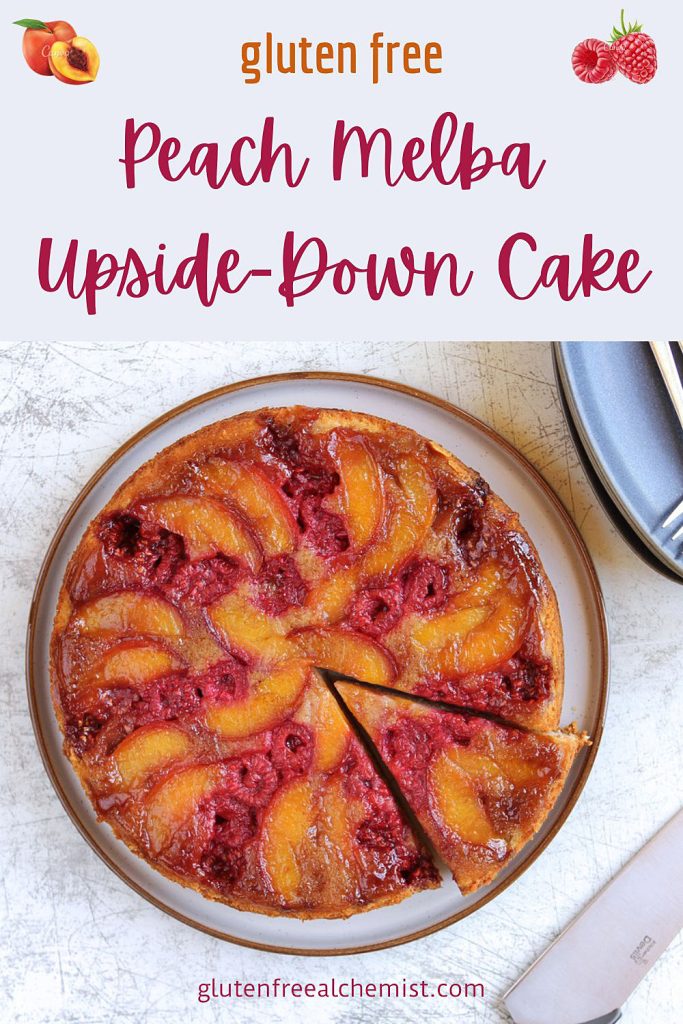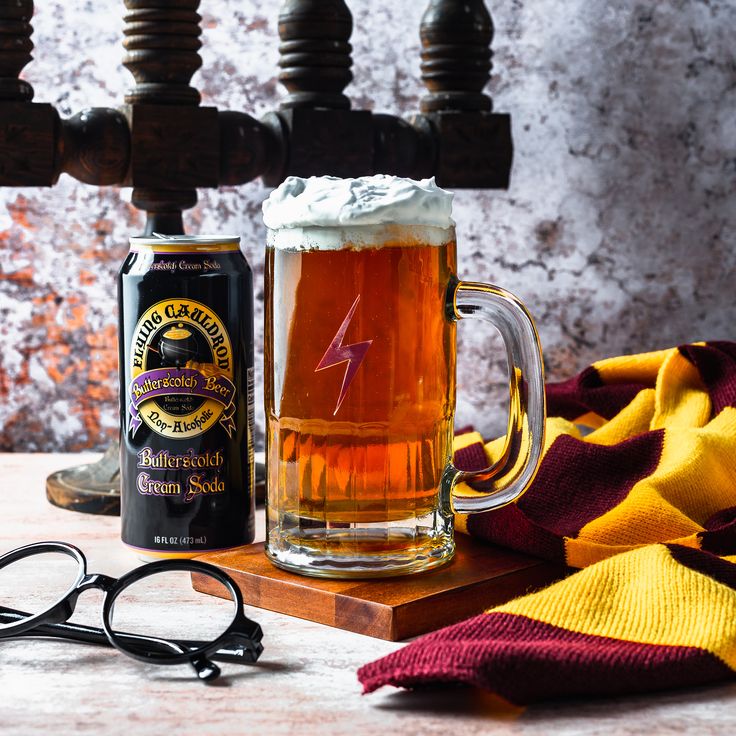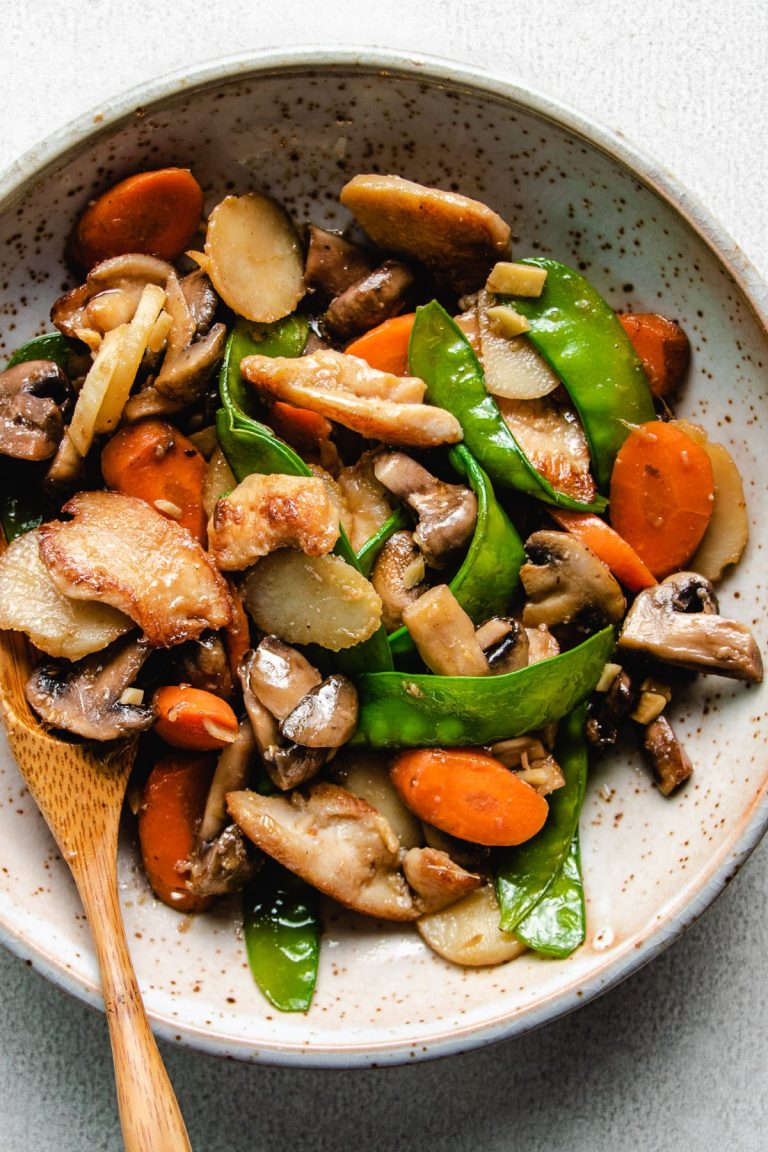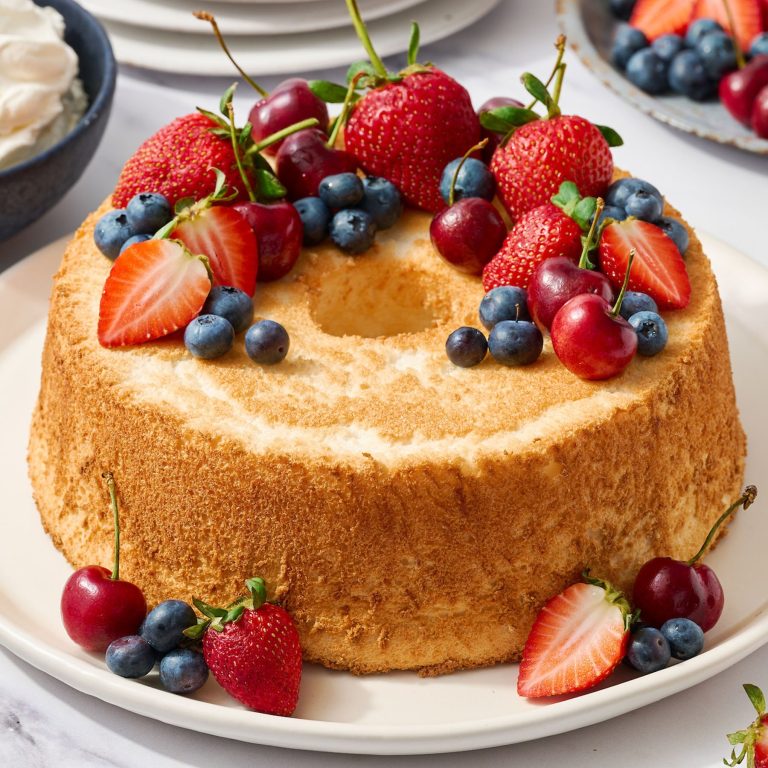Scones: From Scotland to The Savoy and Across the US
Scottish scones, rooted in traditional recipes, form the basis of the global scone appreciation. These scones typically use basic ingredients like flour, sugar, baking powder, and buttermilk. Variations may include raisins or currants to enhance flavor. The texture is often crumbly, resembling a biscuit more than a cake. Traditionally, Scottish scones are enjoyed with clotted cream and jam.
English Scones at The Savoy
At The Savoy in London, English scones represent a pinnacle of refinement. These scones are lighter and fluffier compared to their Scottish counterparts. Ingredients often include self-rising flour, milk, and a touch of sugar. The preparation method involves careful handling of the dough to maintain airiness. Serving these scones with a traditional English afternoon tea, complete with clotted cream and jam, highlights their rich cultural significance.
American Adaptations
American adaptations of scones reflect innovation and diverse flavors. Bakers in the US often experiment with varieties such as blueberry, pumpkin, and chocolate chip. The texture can vary from crumbly to cake-like, depending on the recipe. Ingredients like heavy cream or buttermilk are common, adding richness. These scones are often larger and sweeter, suitable for breakfast or as a dessert with a cup of coffee.
Key Ingredients for World-Class Scones
Flour Types and Their Effects
The type of flour used significantly impacts a scone’s texture. All-purpose flour is common in American scones, offering a balanced texture that’s neither too dense nor too light. Self-rising flour, often used in Scottish and English scones, includes baking powder and salt, ensuring a tender and airy result. Whole wheat flour, sometimes blended with white flour, adds a nutty flavor and denser texture.
Selecting the right flour depends on the desired outcome. For traditional Scottish scones, self-rising flour is ideal. When creating hearty American variations like pumpkin scones, a mix of all-purpose and whole wheat flour provides a substantial bite. Always measure flour accurately to avoid tough scones.
The Role of Butter and Cream
Butter and cream are crucial for achieving the desired richness and texture. Cold, unsalted butter, cut into small cubes, creates a flaky texture by forming pockets of steam during baking. It’s important to handle the dough minimally to keep the butter cold. Scottish scones often incorporate buttermilk, while English scone recipes frequently use heavy cream for added richness.
Cream adds moistness and tenderness. When used as a liquid in the dough, heavy cream enriches the scones, ensuring they stay soft and buttery. In American versions, substituting some cream for whole milk can yield variations in texture and flavor. Always use high-quality dairy products for the best results.
Scone Recipes from Around the World
Traditional Scottish Recipe
Prepare a traditional Scottish scone recipe by using simple ingredients. Combine self-rising flour, cold butter, granulated sugar, and buttermilk. Ensure the butter stays cold and cut it into the flour until the mixture resembles coarse crumbs. Add buttermilk and mix until just combined to avoid overworking the dough. Cut into rounds approximately 2 inches in diameter. Bake at 425°F for about 12 minutes, or until golden brown.
The Savoy’s Signature Scones
Experience The Savoy’s signature scones, known for their refined texture and airiness. Use all-purpose flour, cold unsalted butter, caster sugar, baking powder, and full-fat milk. As with traditional Scottish scones, the butter must remain cold, and the mixture should look like breadcrumbs before adding the milk. Form into rounds of about 2.5 inches. Bake at 375°F for around 15 minutes. Serve with clotted cream and strawberry jam.
Popular American Scone Variations
Explore popular American scone variations featuring innovative flavors. Ingredients often include all-purpose flour, unsalted butter, granulated sugar, and heavy cream. Incorporate additional flavors like blueberries, pumpkin puree, or chocolate chips. Fold in extras gently to avoid overmixing the dough. Shape into triangles or rounds. Bake at 400°F for 15-20 minutes, until the edges turn golden.
This article segment aligns well with the previous sections on the origins, key ingredients, and preparation techniques integral to creating world-class scones, from Scotland to The Savoy to the US.
Baking Techniques and Tips
Achieving the Perfect Texture
To achieve the perfect texture for your scones, focus on ingredient balance and proper mixing techniques. Use cold butter, cutting it into the flour mixture until it forms coarse crumbs. This step ensures that your scones have a flaky, tender crumb. Avoid over-mixing the dough after adding the liquid; gently combine just until the ingredients come together. Over-mixing can lead to tough scones. For added lightness, some bakers incorporate a tablespoon of baking powder per cup of flour.
Temperature and Timing Secrets
Temperature and timing are crucial in scone baking. Preheat your oven to 425°F (220°C) for optimal rise and golden tops. Active, high heat allows the butter to create steam within the dough, contributing to a flaky texture. For traditional Scottish scones, bake for 12-15 minutes until golden brown. At The Savoy, a slightly lower temperature of 400°F (200°C) for 15-18 minutes is preferred for a softer crumb. In the US, baking times can vary, but a consistent approach ensures reliable results. After baking, cool the scones on a wire rack to prevent sogginess from residual steam.
The Culinary Culture Surrounding Scones
Tea Time and Scones in the UK
In the UK, scones hold a cherished spot in the culinary landscape, especially during tea time. Traditionally served with clotted cream and jam, these treats are a staple in afternoon teas across the country. The British custom of “cream tea” often elevates the humble scone into a refined experience. While enjoying tea, you’ll notice that scones are presented warm, encouraging the cream and jam to meld perfectly. Clotted cream’s rich texture complements the scone’s crumbly nature, enhancing its flavor. You’ll find this practice prevalent in tearooms and homes alike, contributing to scones’ iconic status in British culture.
Scones in American Cafes and Bakeries
In the US, scones have seen a transformation, adapting to diverse tastes while retaining their essential qualities. American scones tend to be sweeter and come in various flavors, from blueberry and chocolate chip to more experimental versions like maple-bacon. This variety makes them a popular choice in cafes and bakeries across the country. When you visit an American coffee shop, you’ll likely find scones alongside other baked goods, offering a quick yet satisfying snack. The focus on accessibility and flavor diversity has helped scones maintain a steady presence in American food culture.
Conclusion
From their humble beginnings in Scotland to their refined presence at The Savoy and their flavorful adaptations in the US, scones have truly become a beloved treat worldwide. Whether you prefer the traditional Scottish scone, The Savoy’s elegant version, or the sweeter American varieties, there’s a scone for every palate. Mastering the art of scone-making involves understanding the balance of ingredients, perfecting your mixing methods, and paying close attention to temperature and timing. As you experiment with different recipes and techniques, you’ll not only create delicious scones but also become part of a rich culinary tradition that spans continents. Enjoy your baking journey and the delightful results it brings!

